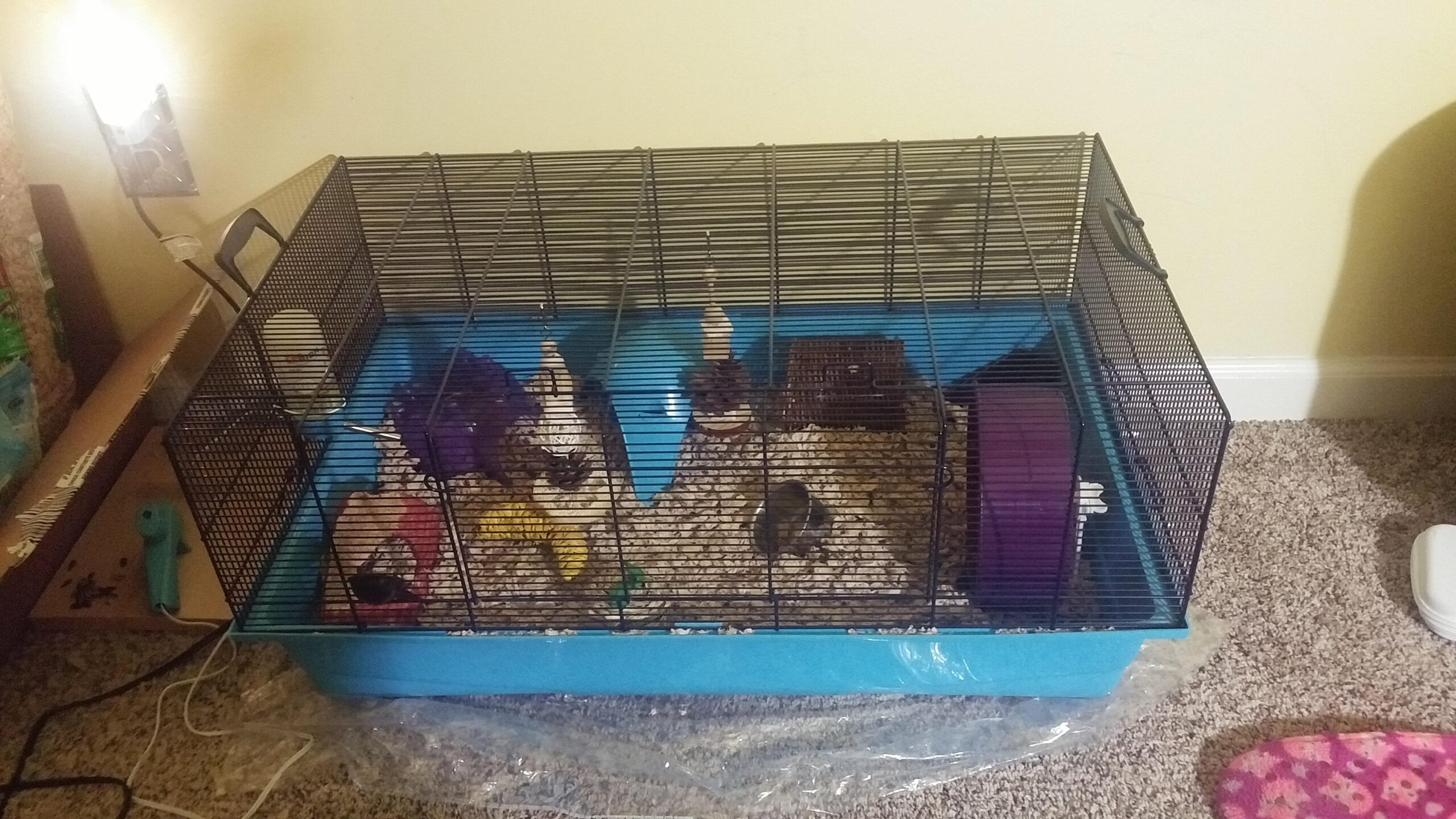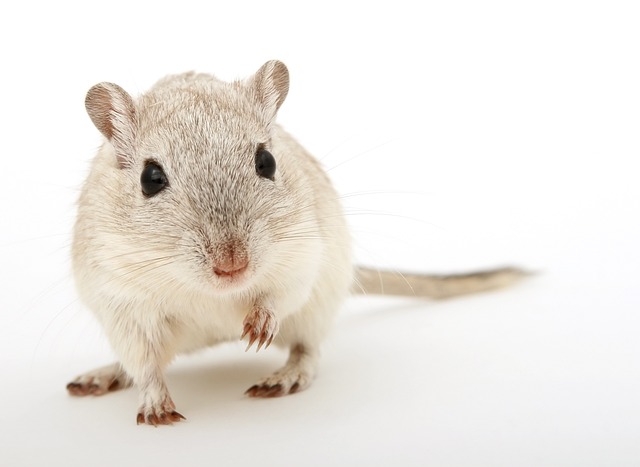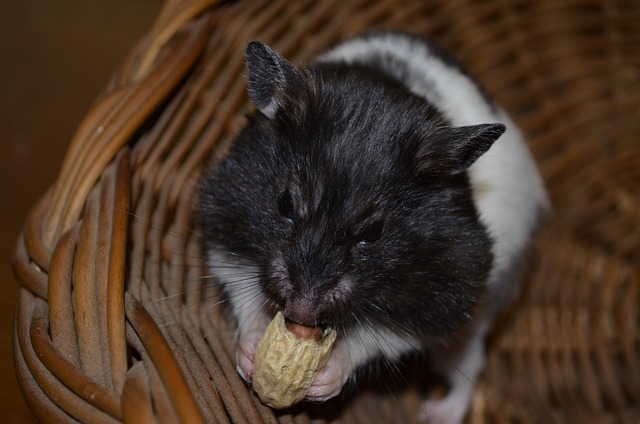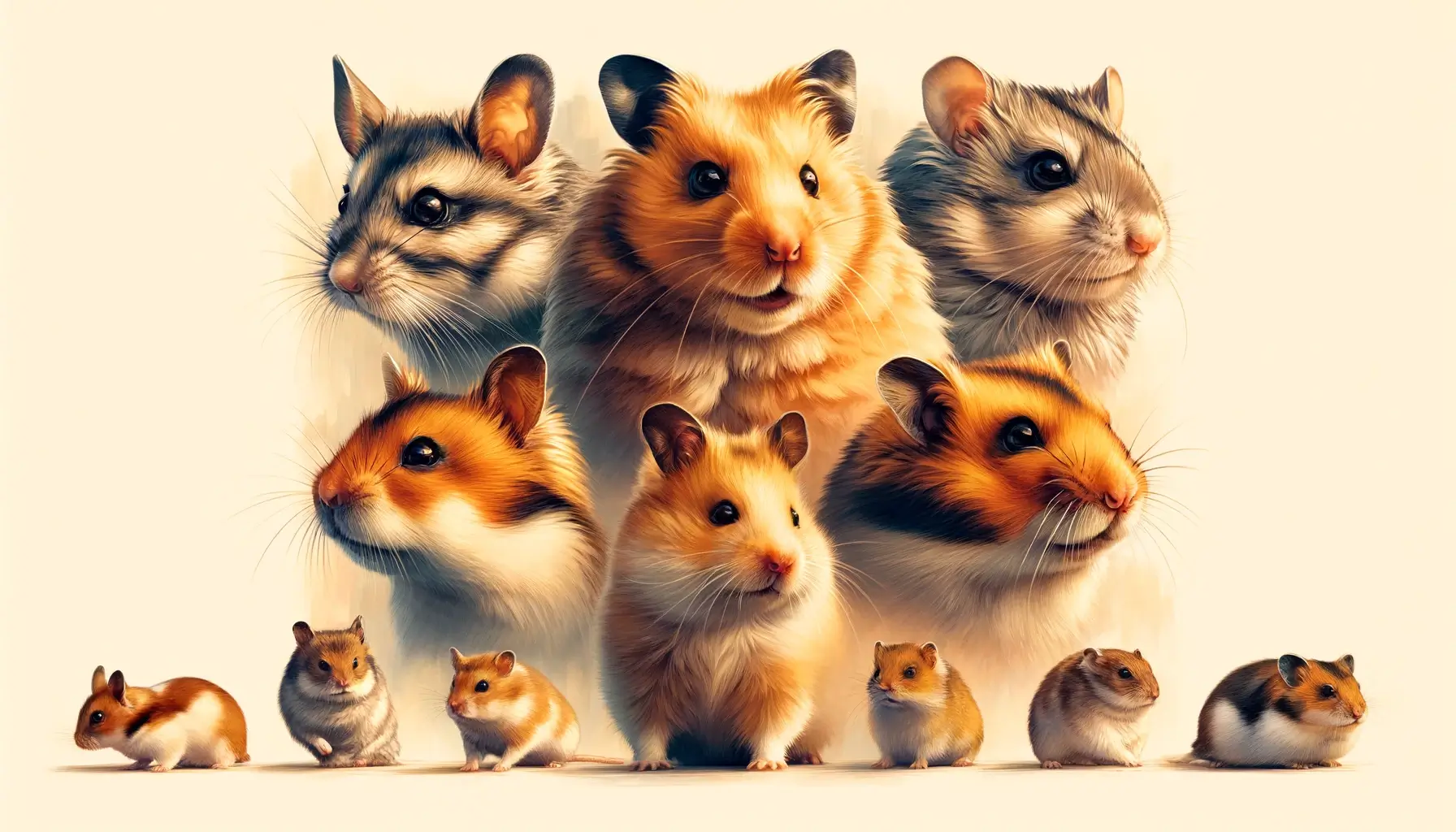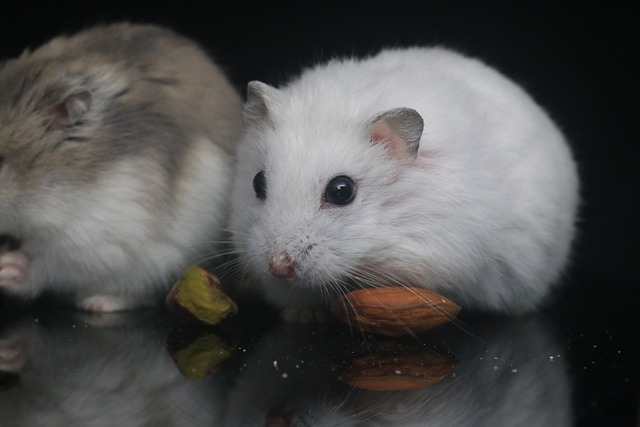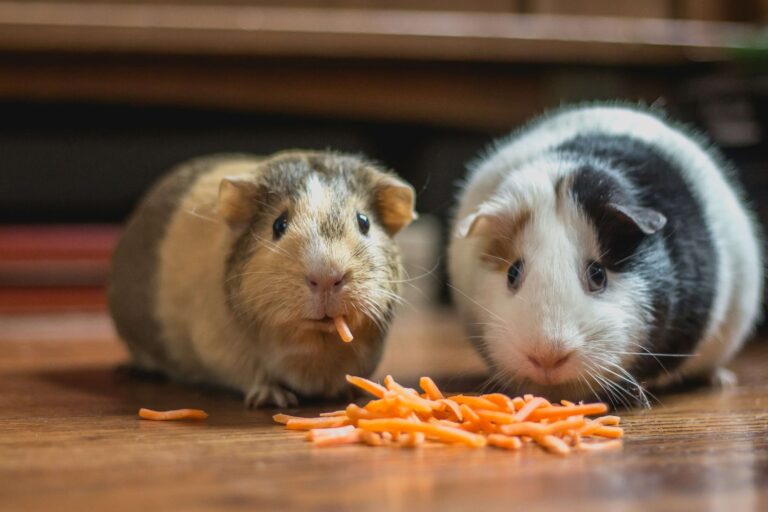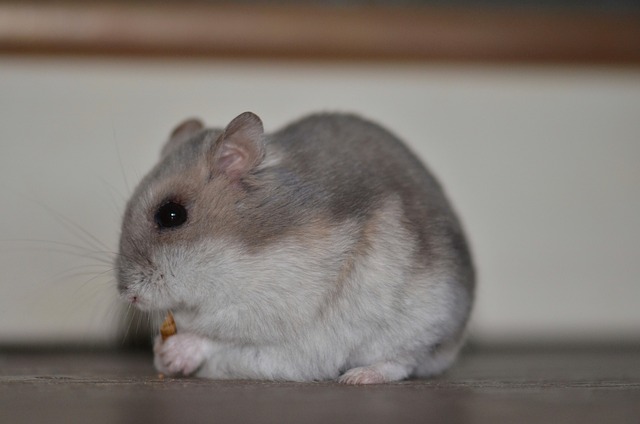What Do Hamsters Need In Their Cage – Hamsters.pk
Essential Cage Components for a Comfortable Hamster Habitat
When bringing a hamster into your home, it’s crucial to provide them with a comfortable and well-equipped habitat. A properly set up cage will ensure your furry friend remains healthy, happy, and stimulated. In this article, we’ll discuss the essential components every hamster cage should have to create a cozy and safe living space for your pet.
Adequate Cage Size
First and foremost, your hamster’s cage should be sufficiently spacious. A cage that is too small can lead to stress, boredom, and even health issues. Aim for a minimum cage size of 24 inches by 12 inches, with a height of at least 12 inches. However, bigger is always better when it comes to hamster cages, so opt for the largest cage you can accommodate.
Comfortable Bedding Material
Hamsters love to burrow and create cozy nests, so providing them with suitable bedding material is essential. Avoid using cedar or pine shavings, as these can be harmful to your hamster’s respiratory system. Instead, choose safe and absorbent options like paper-based bedding, aspen shavings, or recycled paper pulp. Make sure to provide a deep layer of bedding, at least 2-3 inches, to allow your hamster to engage in natural burrowing behaviors.
Sturdy Shelter or Hideout
Every hamster needs a secure and private space within their cage to rest, sleep, and feel protected. Include a sturdy shelter or hideout, such as a small wooden house, a ceramic hideaway, or a plastic igloo. Ensure the shelter is large enough for your hamster to comfortably fit inside and turn around.
Food Dish and Water Bottle
Provide your hamster with a shallow, tip-proof food dish for their daily meals and treats. Choose a ceramic or heavy plastic dish to prevent your hamster from tipping it over. Additionally, always offer fresh, clean water in a water bottle attached to the cage. Regularly check the water bottle to ensure it’s functioning properly and refill it as needed.
Exercise Wheel
Hamsters are active creatures and require plenty of exercise to stay healthy and prevent obesity. Include a safe, appropriately sized exercise wheel in their cage. Opt for a solid surface wheel to avoid the risk of your hamster’s feet getting caught in wire rungs. Ensure the wheel is large enough for your hamster to run comfortably without arching their back.
Chew Toys and Accessories
To keep your hamster’s ever-growing teeth in check and provide mental stimulation, offer a variety of chew toys and accessories. Some great options include wooden chew sticks, willow balls, and mineral chews. You can also add tunnels, bridges, and climbing toys to create an engaging environment that encourages exploration and play.
By incorporating these essential cage components, you’ll create a comfortable and nurturing habitat for your hamster to thrive in. Remember to regularly clean the cage, rotate toys, and provide fresh food and water to ensure your hamster remains healthy and content in their forever home.

Providing Proper Nutrition and Hydration in Your Hamster’s Cage
Ensuring your hamster receives a balanced diet and stays well-hydrated is crucial for their overall health and well-being. In this article, we’ll explore the essential aspects of providing proper nutrition and hydration in your hamster’s cage.
A Balanced Diet
A hamster’s diet should consist of a high-quality, commercially prepared hamster food that provides a balanced mix of protein, carbohydrates, and healthy fats. Look for a pelleted food specifically formulated for hamsters, as it will contain the necessary vitamins and minerals they require. Avoid seed-based diets, as they can lead to selective feeding and nutritional imbalances.
Fresh Fruits and Vegetables
Supplement your hamster’s diet with small amounts of fresh fruits and vegetables to provide additional nutrients and variety. Some safe options include carrots, cucumbers, leafy greens, and small pieces of apple or pear. Introduce new foods gradually and in moderation to avoid digestive issues. Remember to remove any uneaten fresh food daily to prevent spoilage.
Portion Control
Hamsters have small stomachs, so it’s essential to control their portion sizes to prevent overeating and obesity. As a general guideline, provide 1-2 tablespoons of pelleted food per day for an adult hamster, adjusting the amount based on your pet’s size and activity level. Divide the daily portion into two meals, one in the morning and one in the evening.
Constant Access to Fresh Water
Clean, fresh water should be available to your hamster at all times. Provide water using a water bottle with a metal spout, as it helps keep the water clean and prevents spills. Attach the water bottle securely to the cage, ensuring the spout is at a comfortable height for your hamster to reach. Check the water bottle daily to confirm it’s functioning properly and refill it with fresh water as needed.
Avoid Harmful Foods
Some foods can be harmful or even toxic to hamsters, so it’s crucial to avoid feeding them to your pet. These include chocolate, caffeinated or sugary drinks, onions, garlic, and raw beans. Additionally, steer clear of any human junk food or processed snacks, as they offer little nutritional value and can lead to health problems.
Treat Responsibly
While it’s tempting to spoil your hamster with treats, it’s essential to offer them in moderation. Treats should make up no more than 10% of your hamster’s daily diet. Some healthy treat options include small pieces of unsalted nuts, whole grain crackers, or specially formulated hamster treats. Avoid sugary or fatty treats, as they can contribute to obesity and other health issues.
Monitor Your Hamster’s Health
Regularly monitor your hamster’s eating and drinking habits, as changes in appetite or water consumption can indicate potential health problems. If you notice any significant changes, such as a sudden decrease in appetite or excessive drinking, consult with a veterinarian who specializes in small animals.
By providing a balanced diet, fresh water, and monitoring your hamster’s health, you’ll help ensure your furry friend stays happy, healthy, and properly nourished in their cage.
Creating a Stimulating Environment with Toys and Accessories
Hamsters are curious and active creatures that require mental and physical stimulation to remain happy and healthy. By providing a variety of toys and accessories in their cage, you can create an engaging environment that encourages natural behaviors and prevents boredom. In this article, we’ll explore various ways to create a stimulating habitat for your furry friend.
Exercise Wheels
One of the most essential accessories for a hamster’s cage is an exercise wheel. Hamsters have a natural instinct to run, and a wheel provides them with an outlet for this behavior. Choose a solid surface wheel that is appropriately sized for your hamster, ensuring they can run comfortably without arching their back. Exercise wheels help keep your hamster physically active and mentally stimulated.
Tunnels and Hideouts
Hamsters love to explore and seek out hiding spots. Incorporate tunnels and hideouts into their cage to create a more interesting and interactive environment. You can use plastic or wooden tunnels, cardboard tubes, or even small boxes to create a network of paths and hiding places. Make sure the tunnels are wide enough for your hamster to pass through easily and that any cardboard items are replaced when they become worn or soiled.
Climbing Toys
Hamsters are natural climbers and enjoy exploring vertical spaces. Provide your hamster with climbing toys such as ladders, bridges, or multi-level platforms. These accessories not only offer physical exercise but also mental stimulation as your hamster navigates through their cage. Ensure that any climbing toys are securely attached to the cage and made from safe, non-toxic materials.
Chew Toys
Hamsters have continuously growing teeth that require regular wear to maintain proper dental health. Offer your hamster a variety of chew toys to help keep their teeth trimmed and prevent overgrowth. Some excellent options include wooden chew sticks, apple wood branches, willow balls, and loofah chews. Rotate chew toys regularly to maintain your hamster’s interest and provide new textures and flavors.
Foraging Toys
In the wild, hamsters spend a significant portion of their time foraging for food. Recreate this natural behavior in their cage by offering foraging toys. These toys encourage your hamster to work for their food, providing mental stimulation and preventing boredom. Examples of foraging toys include puzzle feeders, treat balls, and scatter feeding (hiding food throughout the cage bedding).
Digging Areas
Hamsters are natural burrowers and love to dig. Create a designated digging area in their cage by providing a deeper section of bedding or a sand bath. This allows your hamster to engage in instinctual digging behaviors, which can help alleviate stress and promote natural habits. Ensure that any sand used is dust-free and safe for small animals.
Rotating Toy Selection
To keep your hamster’s environment stimulating and prevent boredom, rotate their toys and accessories regularly. Introduce new items or rearrange existing ones every few weeks to create a sense of novelty and encourage exploration. This not only keeps your hamster mentally engaged but also helps prevent repetitive behaviors that can lead to stress or anxiety.
By incorporating a variety of toys and accessories into your hamster’s cage, you’ll create a stimulating and enriching environment that promotes physical activity, mental engagement, and overall well-being. Remember to choose safe, non-toxic materials and supervise your hamster during playtime to ensure their safety and happiness.
Maintaining a Clean and Safe Living Space for Your Hamster
Providing a clean and safe living environment is essential for your hamster’s health and well-being. A well-maintained cage not only keeps your pet comfortable but also prevents the spread of diseases and odors. In this article, we’ll discuss the key aspects of maintaining a hygienic and secure habitat for your furry friend.
Regular Bedding Changes
One of the most crucial elements of keeping your hamster’s cage clean is to perform regular bedding changes. Depending on the size of the cage and the number of hamsters, bedding should be changed at least once a week, or more frequently if needed. Remove all soiled bedding, dispose of it properly, and replace it with fresh, clean bedding material. This helps control odors, prevents bacterial growth, and keeps your hamster’s living space hygienic.
Spot Cleaning
In between full bedding changes, spot clean your hamster’s cage daily. Remove any obvious soiled areas, uneaten fresh food, and droppings. Pay special attention to corners and areas around the food dish and water bottle, as these spaces tend to accumulate debris more quickly. Spot cleaning helps maintain a clean environment and allows you to monitor your hamster’s health and bathroom habits.
Disinfecting the Cage
Every 2-3 weeks, or more often if needed, thoroughly clean and disinfect your hamster’s entire cage. Remove your hamster and all accessories from the cage and place them in a safe, temporary enclosure. Wash the cage, toys, and accessories using a pet-safe disinfectant or a mixture of mild dish soap and warm water. Rinse everything thoroughly and allow all components to dry completely before reassembling the cage and returning your hamster to their home.
Food Dish and Water Bottle Hygiene
Your hamster’s food dish and water bottle should be cleaned daily to prevent the buildup of bacteria and mold. Wash the food dish with hot, soapy water, rinse it well, and dry it before refilling it with fresh food. Similarly, empty the water bottle, clean it with a bottle brush, and refill it with clean water. Regularly inspect the water bottle’s spout to ensure it’s functioning properly and free from blockages.
Safe Toy Selection
When choosing toys and accessories for your hamster’s cage, prioritize safety. Avoid items with small parts that could be swallowed, or toys with sharp edges that may cause injury. Regularly inspect toys for signs of wear and tear, and replace them if they become damaged or hazardous. Opt for toys made from natural, non-toxic materials like wood, sisal, or hemp to ensure your hamster’s safety.
Secure Cage Setup
To prevent escapes and ensure your hamster’s safety, make sure their cage is secure and escape-proof. Check that the cage doors and openings close properly and that there are no gaps or loose bars through which your hamster could squeeze through. If you have a wire cage, ensure the bar spacing is appropriate for your hamster’s size to prevent them from getting stuck or escaping.
Ventilation and Temperature Control
Hamsters require a well-ventilated living space to maintain good respiratory health. Choose a cage with adequate air flow, and avoid placing it in drafty areas or direct sunlight. Hamsters are also sensitive to temperature fluctuations, so keep their cage in a room with a consistent, comfortable temperature between 65-75°F (18-24°C). Avoid placing the cage near heat sources or air conditioning vents.

By maintaining a clean, safe, and comfortable living space for your hamster, you’ll help ensure their long-term health and happiness. Regular cleaning, safe toy selection, and a secure cage setup are essential components of responsible hamster care.

